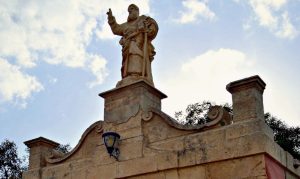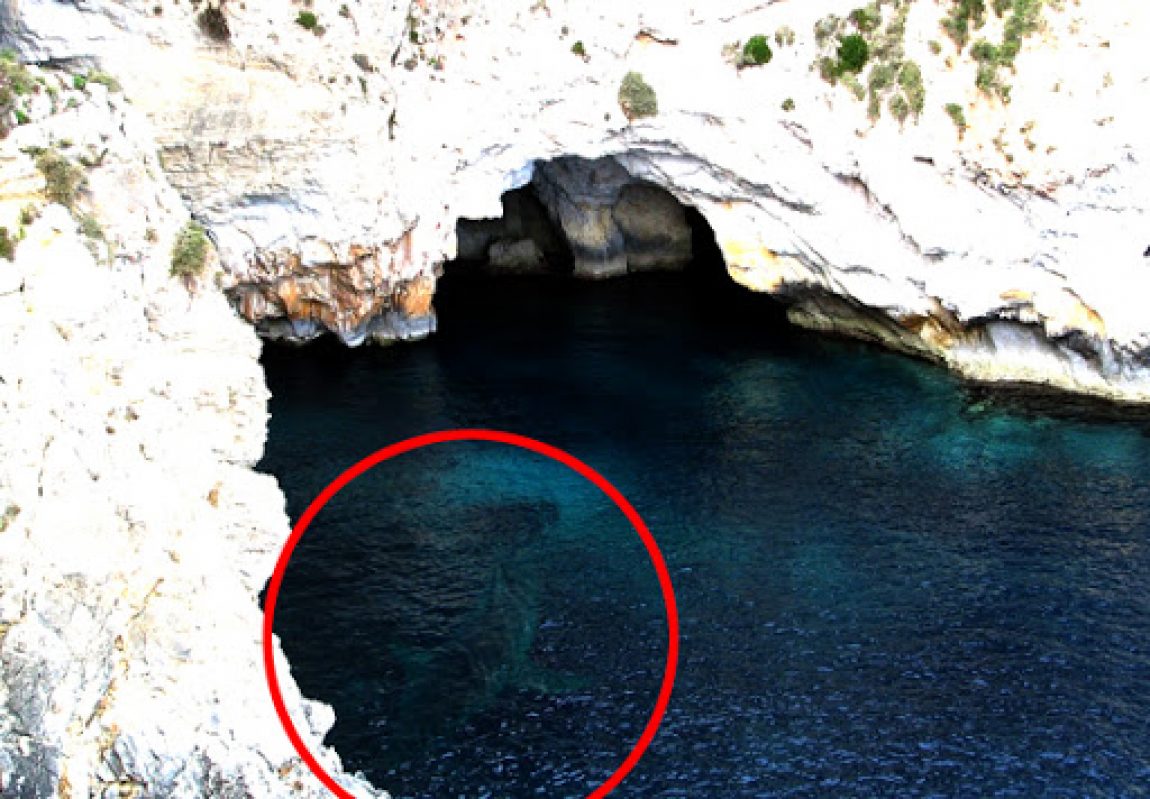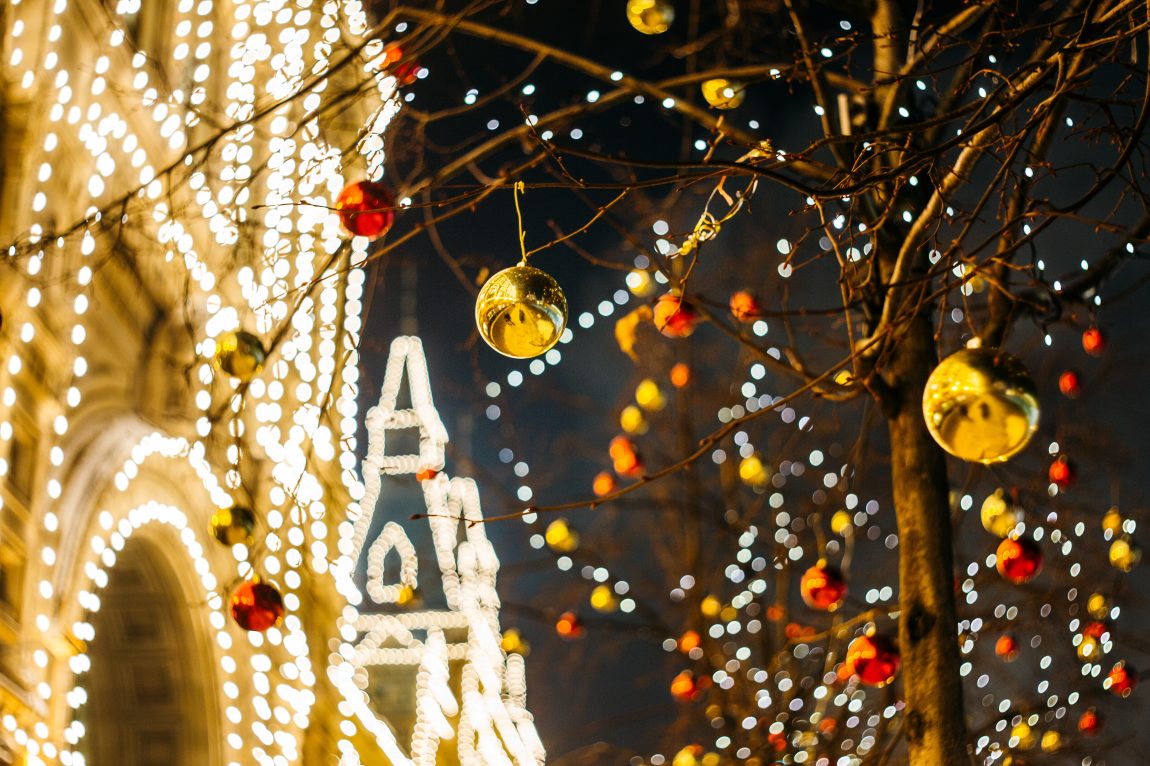Malta: Faith through the Ages II
Malta Faith through the Ages II
Malta Faith through the Ages II. Following Part I of Malta’s journey of faith which saw this convivial and courageous people move from pagan worship for almost four thousand years, to wholeheartedly embracing Christianity when the Apostle to the Gentiles had a seemingly unforeseen sojourn on the Island. The Maltese however, along with millions of the faithful around the world, do not hold that this was some mere coincidence- Divine intervention was at play and the proof is in the fruit that was born. Since that fortuitous visit, the Maltese have endured hardships and enjoyed tribulations over the past two thousand years through which the faith flourished and endured.
We finished the story of faith in part one at the conquest of the Islands by the Norman King Roger I in 1091, whereby Malta was liberated from Arabic rule and brought freedom of religion. Many scholars hold that the faith never entirely left Malta during the Islamic occupation, surviving in remote communities despite the hostility they would have faced from their Islamic overlords. However, it was only after Roger II took his father’s throne in 1127 that Christianity once again became firmly established as the official religion of the Islands and over the following 150 years the number of Christians grew rapidly as Islam declined.
Malta remained part of the Norman Kingdom of Sicily for nearly 440 years. During this period, the Islands were sold and resold to various feudal lords and barons and was later dominated by the rulers of the Crown of Castile and Spain. Eventually, the Crown of Aragon, which then ruled Malta, joined with Castile in 1479, and Malta became part of the Spanish Empire. Meanwhile, Malta’s administration fell in the hands of local nobility who formed a governing body called the Università.

Niche of St Paul in Malta
Malta Faith: The Knights of St John
Not since the 3rd century persecution of Christians at the hands of the Roman empire did the Faithful of Europe face such a threat to its survival as with the rise of the mighty Islamic Ottoman Empire which had already swept across south eastern Europe as far as Vienna and through vassals held virtually all the Middle East and North Africa, nor had any greater naval power arisen upon the Mediterranean. The nations of Europe feared an all-out surge against them and Emperor Charles V of Spain feared that should Rome fall to the Ottomans advance, Christianity itself would likely follow.
But God had an altogether different design for Europe and the Ottomans and Malta would be His chosen Instrument. The Knights of St John, having been ejected from their island home of Rhodes after enduring valiantly a long desperate siege in 1522, wondered the Mediterranean for nearly eight years before Charles V gifted Malta to the Knights in return for the nominal rent of one falcon per year as a token to symbolise their task of scouring the Mediterranean for Ottoman ships. Over the ensuing century Malta, under the military and spiritual zeal of the Knights of St John, became Europe’s bulwark against an Ottoman invasion of Europe. Little Malta would face the wrath of the greatest leader in Turkish history who became known as Suleiman The Magnificent.
The Maltese population were less than thrilled with the arrival of the Knights and this went double for the Maltese aristocracy who lived within Mdina (Citta Notabile). They viewed the Knights as aloof and resented that they had lost the freedom of self determination that they had long desired. But in the years to follow, before what is arguably the greatest siege to be fought in the Mediterranean since ancient Greece, the Maltese proved invaluable in defending their nation, both on the battlefield and in the stone work of the battlements and palaces. In this latter the knights discovered that they were second to none in their stone masonry.
Even though the Maltese resented the knight’s rule (the grandmasters were sovereign rulers having power approaching that of a king) they were fiercely devoted to their faith and though they were not in favour of the Order’s rule, they despised the Ottomans and their religion far more and they loyally and eagerly supported the Knights in the defence of their islands and it is as much to their credit as that of the military prowess and skill of the knights, that Malta was to survive arguably the greatest siege in Mediterranean history.
Soon after arriving in Malta the Knights realised just how ideal the two large natural harbours could be in the defence of the island. From 1536 extensive construction work began around what is now Grand Harbour. More massive and formidable defences were constructed around the small fort at the head of the peninsula at Birgu and a new star shaped fort built at the tip of Mount Sciberras. Though the defences were greatly superior to what they had been they in no way compared to those of their former island home of Rhodes where they had lost a siege. The historian Ernle Bradford describes the situation thus:
‘Sultan Suleiman had summoned out of the length and breadth of his vast empire the finest ships and seamen, and the finest troops and commanders, that he could muster. All these were to be sent against and island eighteen miles long by nine miles wide, which was almost as inadequately garrisoned as it was hastily fortified’.
In May of 1565 the largest naval fleet ever to sail was amassed from around the vast Ottoman empire and set forth to Malta, numbering some 200 ships of war and many other supporting vessels and carrying somewhere between 30,000 and 40,000 of the cream of the Sultans forces. They were to be pit against fewer than 700 knights, 1,000 Spanish mercenaries and between 3,000 and 4,000 Maltese militia. This was a desperately low number (especially considering that many of the Maltese had never seen battle).
However, their tenacity and spiritual fervour would see them achieve a victory of biblical magnitude, a quintessential David and Goliath scenario was to unravel seemingly from nowhere as one miraculous event after another would conspire against the invading force over the following three and a half months, and they were to leave Malta in disgrace. The victory was also aided by the hostility and disagreements that the two leaders of the Sultan’s forces held for each other and time and time again confusion and disunity were sown amongst the Ottoman forces.
Malta became Europe’s Bulwark and the ensuing siege was epic in every way and worthy of any Hollywood blockbuster, with intriguing characters and non-stop action and brutality. But mixed within this fray was astounding courage and unfailing loyalty, many seemingly unrelated incidents that against all odds led to an outcome that can only be described as miraculous.
Jean Parisot de la Vallette is the man accredited as the military genius behind the victory. He was a devout Christian, entirely devoted to the order and a leader who did not compromise but in all things lead by example. A master tactician and a mover of the hearts of men and a skilled leader, he held the defenders steadfast through unimaginable hardship and brutality. The Ottomans had expected to take Malta within a short number of weeks held out for more than three months and the cost to the Christians was high but not as high as the cost that the Muslim forces suffered.
Indeed, to take St Elmo, the smallest of the three main forts of (St Elmo, St Angelo and St Michael), the Turkish forces expended as many as 8,000 soldiers and taken a whole month to do so.
What occurred during that month is a testament to the bravery of the Maltese and the Knights. Wave upon wave of Turk attacks wasted upon the tiny fort. The Ottoman leadership’s disregard for human life was almost incredible; The historian Ernle Bradford stated,
“to achieve their end in battle they sacrificed thousands upon thousands with callous indifference….and in no chapter of their blood-stained history is this more in evidence than during the siege of Malta”
The Ottoman commander standing in the ruins of the smouldering fort after its eventual fall, made the intuitive observation, ‘..if so small a son has cost us so dear, what price shall we have to pay for so large a father.’ His reference to the father was to Fort St Angelo across Grand Harbour. This fort was several times the size of Fort St Elmo and being the headquarters of the knights was far better garrisoned.
Curiously, the major nations of Europe were constantly at loggerheads, the French against the Spanish and the Spanish against the English, but in Malta, united against a common enemy, the knights were steadfastly united in faith and saw themselves as soldiers of Christ in the defence of Christendom. Therefore, French knights served beside Spanish knights who served beside Italian and German knights. All were brothers in Christ.
The Christian forces held on to win what is considered one of the greatest sieges in history and which effectively rang the death knell to the Ottoman Empire’s aspirations for Europe.
By this time, word of the siege was spreading. As soldiers and adventurers gathered in Sicily for Don Garcia’s relief, panic spread as well. There can be little doubt that the stakes were high, perhaps higher than at any other time in the contest between the Ottoman Empire and Europe. Of the Great Siege of Malta, Queen Elizabeth I of England wrote:
“If the Turks should prevail against the Isle of Malta, it is uncertain what further peril might follow to the rest of Christendom”
Immediately after the Great Siege, La Vallette ordered the construction of a great fortified city on the promontory on the far side of Grand Harbour to Fort St Angelo. This city would bear his name and would endure as the greatest fortified city in the world.
In the centuries to come the Knights of St John improved the defences of Malta and ensured that any further Muslim attack would fail. The devotion of the Maltese to their faith was left therefore, unhindered and throughout the Islands magnificent churches sprang up, many of which were large enough to be called cathedrals in most countries, dominating the flat roofed Mediterranean villagers. However, the Knights themselves fell into a slow but steady decline during the 18th century. This was perhaps inevitable for two equally good reasons. First, the Age of Reason had to some extent replaced the Age of Faith. Protestantism had long ago cost the Order one of its most powerful members in the dissolution of the Langue of England and Lutheranism had made massive inroads into what had been all catholic Europe. But above all this it was the decline of the Ottoman Empire which perhaps most contributed to the Knight’s demise in Malta. Europeans of the 18th century could not imagine waging military campaigns in defence of the Faith. Even at their most lax and worldly however, the Knights never entirely forgot their vocation and historical role to care for the pilgrim sick and protect the weak and the faith. This in a large part can be attributed to the devoutness of the Maltese faith and their insular nature.
The French
In 1798, General Napoleon Bonaparte stopped in Malta on his way to Egypt took the occasion to stop in Malta and demand entrance into Grand Harbour with some 500 ships. This he was denied by Grand Master Von Hompesch, but the order had lost the stomach for battle and laziness and lack of discipline was now the new reality. The fall of Malta to the French took only 5 days with virtually no resistance being offered and the Grand Master had not even deigned to coordinate a defence or exchange of power.
Napoleon now continued to Egypt leaving a force of around 3,000 soldiers to hold Malta. Over the following two years the French administered Malta in an autocratic manner and plundered the churches which in most cases the Maltese had built by their own hands. The wealth of the churches was stripped to fund Napoleon’s foreign campaigns. The Maltese devotion to the church was clearly demonstrated when insurgents rose against Napoleon’s French forces as they pillaged the beautiful churches around the island. The Maltese rose against the French because the depredation of their churches embittered the Maltese against French rule and the continued spoliation of their holy places united the Maltese as one body as no other issue could. This popular uprising forced the French forces into the fortified areas around Grand Harbour and left the remainder of the islands to the Maltese. In 1800, Lord Nelson sent a small fleet to Malta and after a short naval blockade, the French surrendered.
The British
Despite their new protestant rulers, the Maltese maintained an intense fervour towards their Catholic faith and in fact Protestantism remained almost entirely amongst the British administrators and servicemen.
Saint Gorg Preca
During the British reign the most famous Maltese saint was born – Saint Gorg Preca (known by the Maltese as San Gorg)
Born in Malta on 12 February 1880. He lived in Valletta, near the Sanctuary of Our Lady of Mount Carmel. As a young man he felt called to the priesthood and was ordained on 22 December 1906
During the early months of 1907, the young Fr. George began his mission by gathering around him and forming a small group of young men in their twenties. He instilled in them moral principles, the fear of God and an awareness of the infinite love that God bears humanity. These young men were the first seeds of the Society of Christian Doctrine, popularly known as MUSEUM, the initial letters of “Magister, Utinam Sequatur Evangelium Universus Mundus” (“Lord, would that the whole world follow the Gospel”). Fr. George’s work was and is the religious education of young children, boys and girls and youth, undertaken by well-prepared lay people.
The central theme of his spirituality and theology was the Incarnation: “Verbum Dei caro factum est” (“The Word of God was made flesh”). These words became the motto of the distinctive emblem of the Society and of his life. Fr. George was not satisfied with a minimal Christian life.
Saint Gorg Preca died at 82, on 26 July 1962. His presence and the influence of his spirit are still felt among all Maltese families. Fr. George Preca is a saint of our times, not because of any extraordinary events recorded during his life, but above all because of the living monument that he left behind in the Society of the MUSEUM, today spread to Europe, Oceania, Africa and Latin America. Fr. George lived a life of intimate union with God and served his brothers and sisters after the example of Our Lady. He was beatified by John Paul II on 9 May 2001 and canonised on 3 June 2007 by Benedict VXI.
Malta Today
Today the Maltese battle to maintain a spiritual fervour against increasing relativism and foreign political pressure. The secularisation drive of recent years does not appear to have alienated people from their Catholic roots. Almost 94% of people still identify themselves as Catholic and any suggestion to remove Catholicism as the country’s official religion will encounter significant resistance.
A MaltaToday survey found that 88.8% of people were against the removal from the Constitution of Catholicism as Malta’s official religion. An even stronger majority was against the removal of the crucifix from public buildings such as schools. Opposition to the constitutional change and the removal of the crucifix from public buildings runs uniformly across all age groups, all regions and is irrespective of political inclination.
When asked whether they were practicing members of their religion, 63.7% said Yes, while 22.3% considered themselves lukewarm. Only 12.9% said they were non-practicing.
Malta as a small nation with a long history of devout faith, faces many challenges to it’s spiritual future, but a strong desire to discover God remains and increasingly so among youths. The challenge for the church is to find ways of reaching those who are searching in new and modern ways but at the same time not compromising those elements that are the corner stone to a relationship with God.


